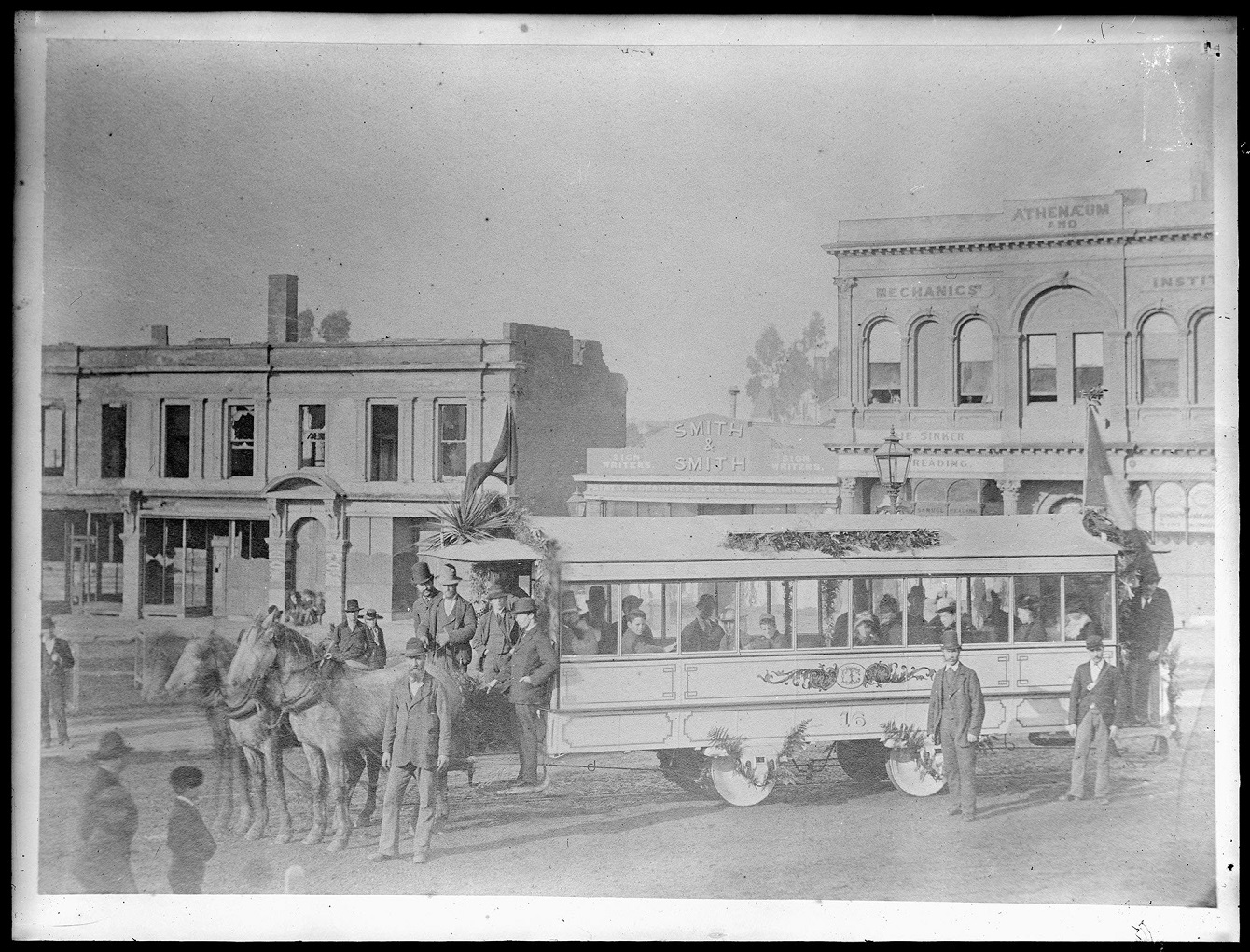
It was an auspicious occasion.
A grand new horse saleyard for Messrs Wright, Stephenson, and Co was proudly declared open on a Saturday morning in July 1889.
As merchants and representatives of the agricultural and pastoral industry looked on, Dunedin mayor Hugh Gourley proclaimed the saleyards as "second to none" in the colony, and he congratulated the owners on providing "splendid accommodation" for owners and buyers of horses.
When looking at historic images of Dunedin in the 1880s one might be charmed by people dressed in Victorian clothing or captivated by seeing horse-drawn carriages in the streets.
Fortunately, what you do not experience by looking at photographs are the smells.
In the age before motorcars, streets were for horses, and that meant plenty of horse droppings.
University of Otago emeritus professor of history Tom Brooking said horses "really did create a big pong everywhere they were".
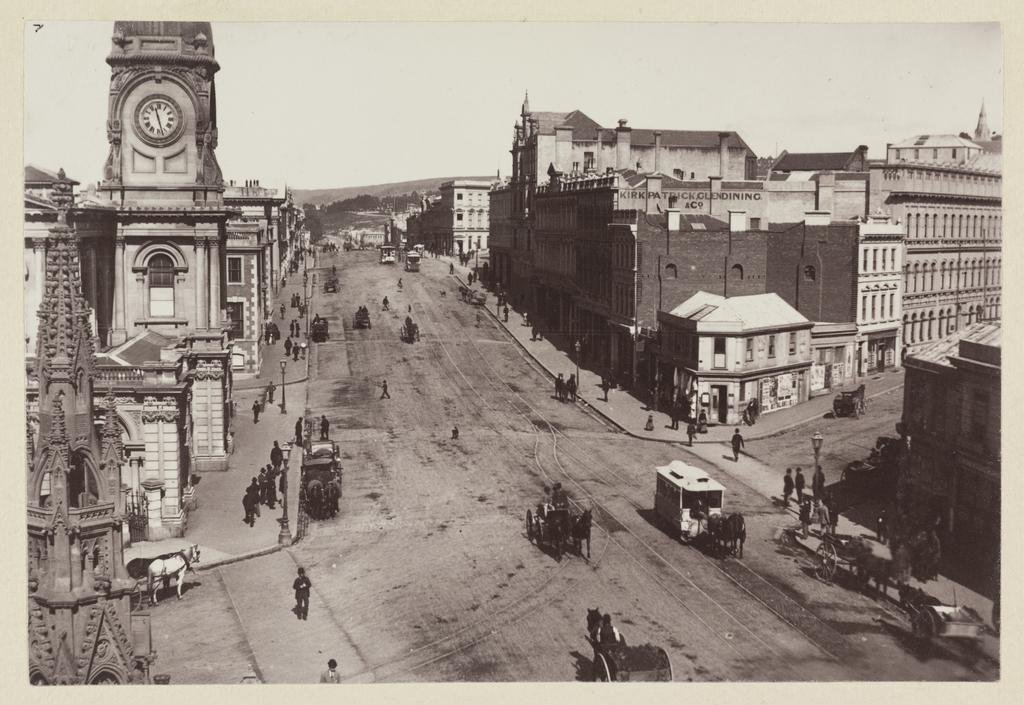
"It wasn’t quite so bad in a small place like Dunedin, but there were still an awful lot of horses around."
In 1889 there were about 50,000 horses in the Otago colony, and throughout the country there were about 200,000 horses.
"Clearing away the leftover faeces the next day was often a pretty awful job, but it was done because obviously you could spread disease if you didn’t do that."
Horses were required for virtually every business, as well as a key means of transport for individuals.
Horses needed to be fed and housed, so stables were needed "all over the place" in the city.
"You have to feed horses well, because they eat quite a lot."
Each horse required about four acres (1.6ha) to get enough oats to feed them properly, Prof Brooking said.
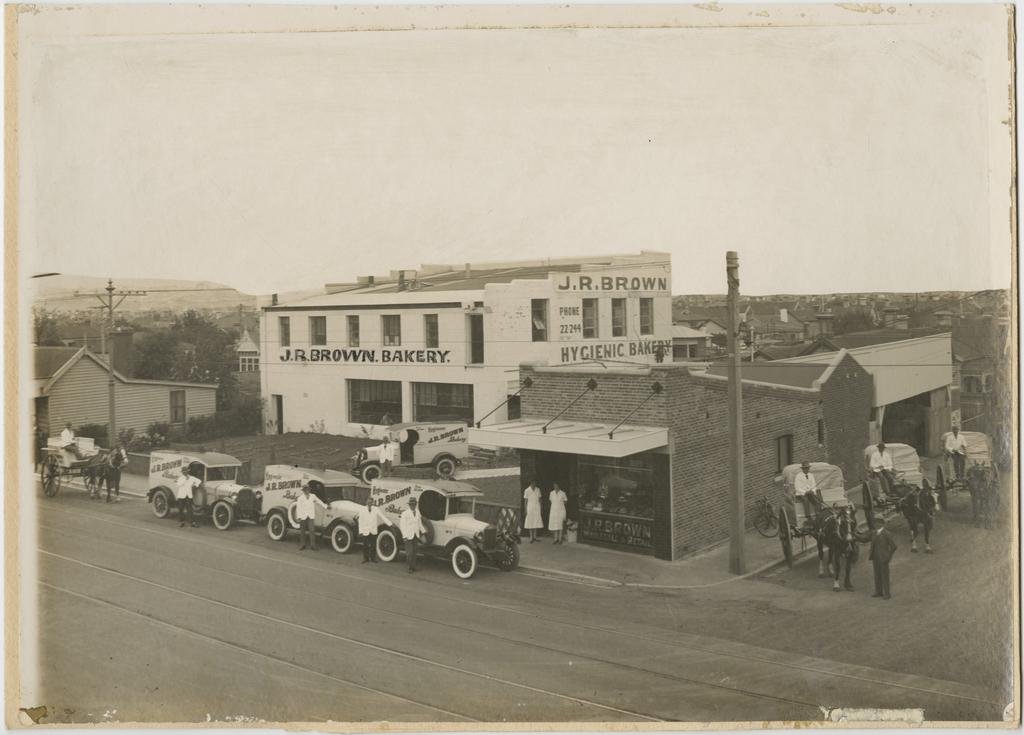
"If you don’t look after a horse’s feet, it is not going to last very long.
"So the blacksmith is a terribly important person, highly skilled, and very highly regarded."
Another virtually forgotten trade was saddlery, which was essential for the use of horses both in the city and in rural areas.
Horses were "nowhere near as dangerous as cars" but at the same time it could still be treacherous stepping out on the streets of the city.
Films from the early 20th century show horses coming from all directions on roads — "usually pulling something, like some kind of wagon or something grander".
"They had to work pretty hard."
Dunedin had a brisk trade in horses, including exporting racehorses to Australia.
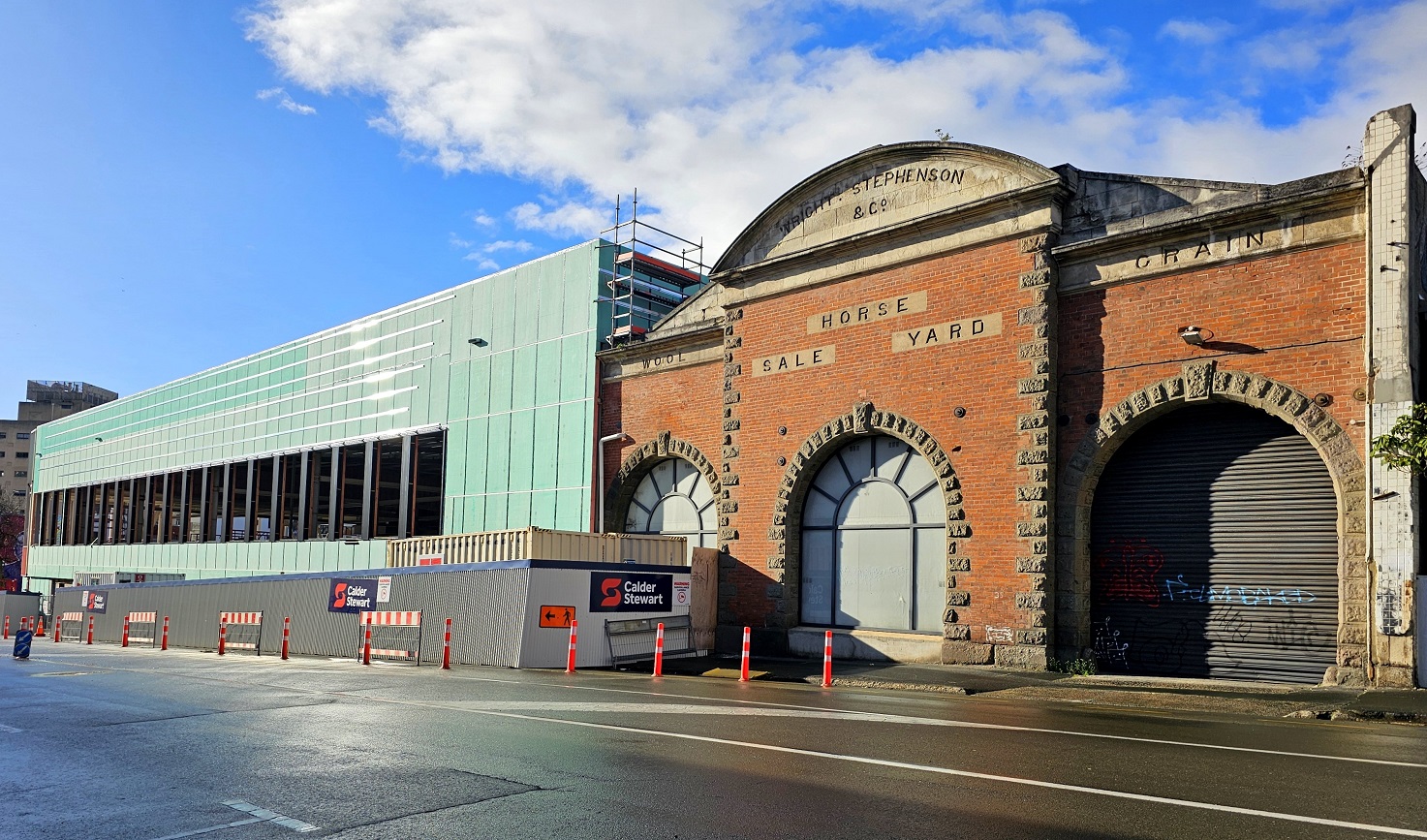
This was especially true after the first Boer War, Prof Brooking said.
"We sent about 8000 of them off for the Boer War in 1899 and over 10,000 to the First World War, many of which of course didn’t come back. They were either killed or put down."
Although cars, tractors and passenger vehicles would supplant horses in the 20th century, the decline of horses was slow.
The high point of numbers of horses in New Zealand was over 400,000 in 1911.
The assumption that horses were "basically gone" by the 1920s was not true.
"As late as the start of the Great Depression, you’ve still got nearly 300,000 horses left.
"But horses do not disappear overnight. Even in the 1950s, they are still quite important in pockets."
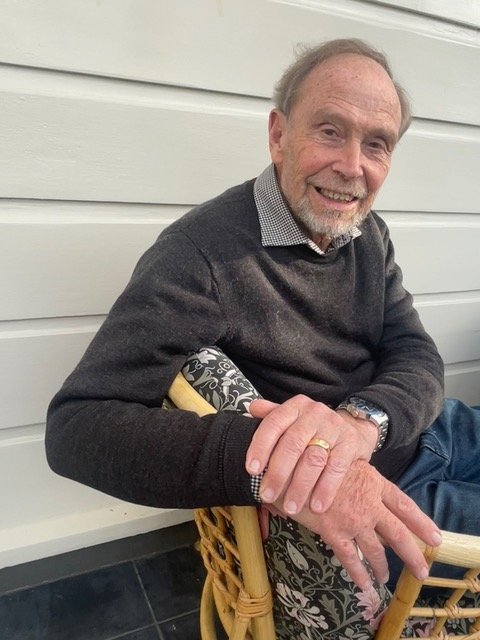
Horses, of course, did not disappear altogether, and there are still an estimated 40,000 in the country, Prof Brooking said.
As for the grand Messrs Wright, Stephenson, and Co horse saleyard, it can still be seen in MacLaggan St.
Now owned by Port Otago, the saleyard building nestles beside the construction site where the former Warehouse building is being transformed into the new Otago Regional Council headquarters.
Port Otago executive assistant Jodi Taylor said the horse yards were part of the area that makes up the site, but was not included in the current construction project.
"Because of its long, skinny shape, it just didn’t quite fit with what we were doing for the ORC office fitout and so we felt the best thing to do was just to ring-fence it at the moment."
Port Otago had worked with Heritage New Zealand and the Dunedin City Council heritage team to ensure the building did not deteriorate.
"At the moment we just want to maintain it in good condition and then who knows what the future opportunities might be," she said.















